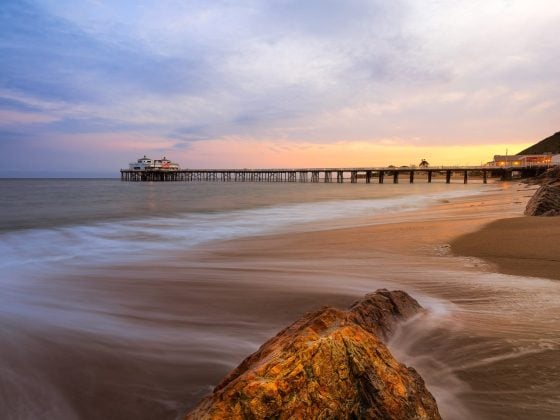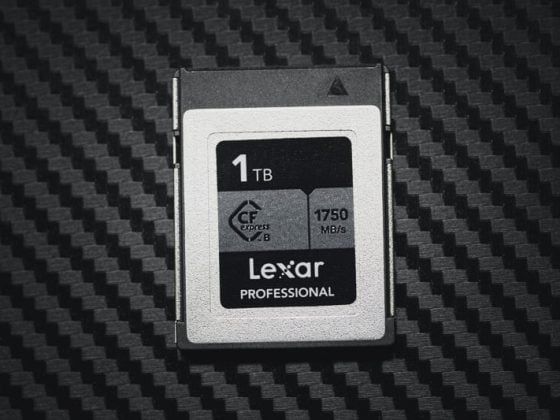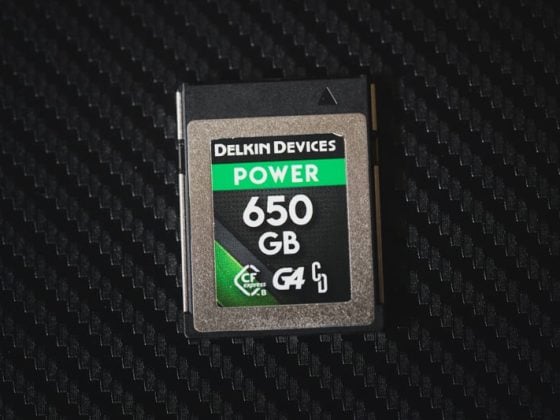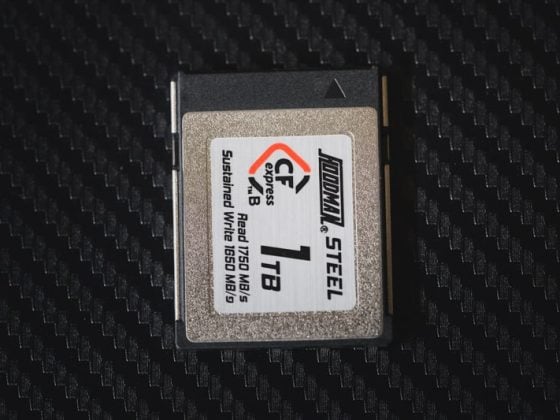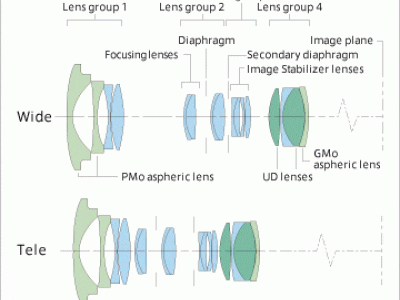
My main interest here is the Canon 16-35mm f4 lens. I feel any real landscape photographer should be going for full frame or medium format, and that is the focus of my blog.
I have absolutely loved my 16-35mm f2.8L II lens that I’ve owned for a few years now. I’ve gotten several outstanding images with it and you can see my full review here.
Drawbacks Of The Old 16-35mm f2.8L II
My old lens definitely had weaknesses. Mainly, the edges were not sharp, and quality fell off on the tele side of things. Basically, the image at 35mm is not good. So I would try to limit myself from ever zooming in. Although 90% of the time you’ll find if you own an ultrawide zoom for landscape photography, that you’ll be shooting at the wide end of the scale mostly.
What The New 16-35mm f4 Lens Gives Us
Now with this new lens, they promise sharpness throughout all focal ranges, as well as along the edges. A significant improvement and the MTF charts do not lie. This lens should be outstanding.
They also say there is an improvement in the overall durability of the lens. This might not mean anything but I can tell you about a few experiences I’ve come across with the older model 16-35mm f2.8 lens.
First off, early versions of the lens had an all-plastic rear mount that would often break. I’ve noticed Canon has upgraded the newer lenses to no longer feature this.
Also, current 16-35mm f2.8L II lenses have a real problem with sucking in dust. You HAVE to use a UV filter on the front or the lens creates a vacuum as you zoom in and out. If you ever shoot anywhere dusty, like the infamous Antelope Canyon, or even a Color Run, your lens is instantly a mess.
| **This website contains affiliate links. We will earn a small commission on purchases made through these links. Some of the links used in these articles will direct you to Amazon. As an Amazon Associate, I earn from qualifying purchases. |

